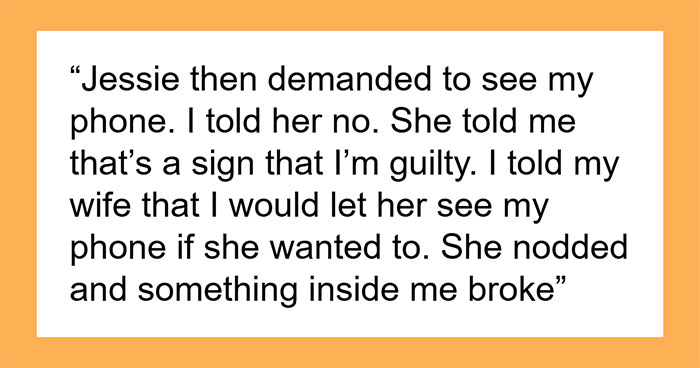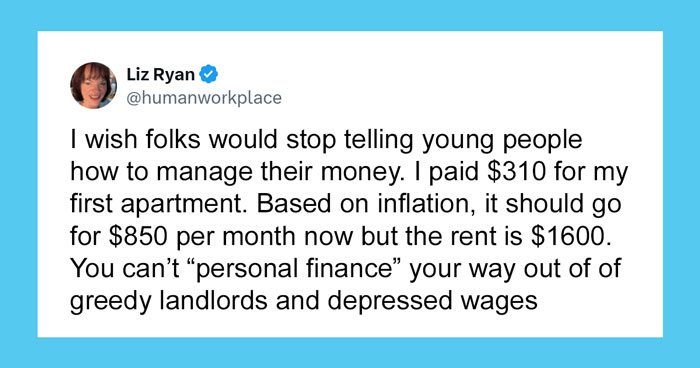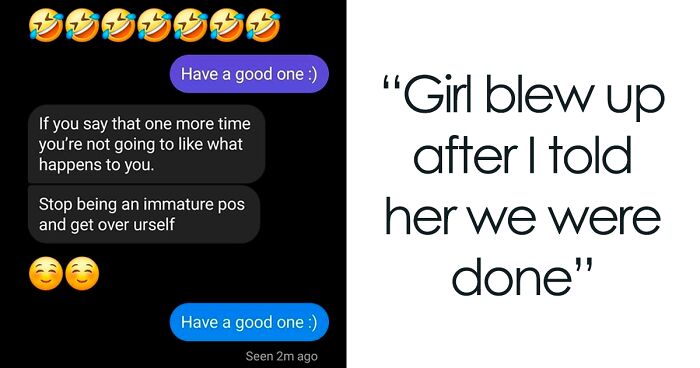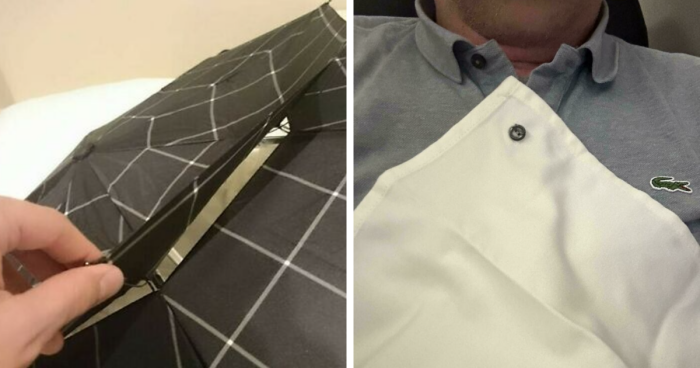
Student Claims That An Exception In The 13th Amendment Still Permits Slavery If You’re Convicted, Posts Brutal Examples
Recently, a Michigan State University student started a twitter thread about an important issue within the American incarceration system. Turns out, the legality of slavery is still up for debate even over a hundred and fifty years after the end of the Civil War. Though the U.S. Constitution was amended to prohibit both slavery and involuntary servitude within the country, it left a loophole to potentially exploit people who are convicted of crimes, roughly 2.3 million Americans.
Image credits: ghoulnextdoor
The 13th Amendment reads “Neither slavery nor involuntary servitude, except as a punishment for crime whereof the party shall have been duly convicted, shall exist within the United States, or any place subject to their jurisdiction.” And according to Duke’s Undergraduate Law Magazine, this exception makes it clear that incarcerated persons don’t have constitutional rights under the 13th Amendment – they can be compelled to work for as little as $1 an hour.
“What we see after the passage of the 13th Amendment is a couple of different things converging,” Andrea Armstrong, a law professor at Loyola University in New Orleans, told HISTORY. “First, the 13th Amendment text allows for involuntary servitude where convicted of a crime.” At the same time, “black codes” in the south created “new types of offenses, especially attitudinal offenses—not showing proper respect, those types of things.”
Armstrong argues that the 13th Amendment makes an exception for “involuntary servitude,” not “slavery,” and that there are important historical and legal distinctions between the two. However, she says no court has formally dealt with this distinction, and many courts have used to two terms interchangeably. In 1871, the Virginia Supreme Court ruled that a convicted person was “a slave of the State.”
This form of coerced prison labor has its roots in one of the most exploitative labor systems known in American history – the convict lease system. Effectively, states who claimed they were too poor to maintain state convicts within prison walls were allowed to contract their prisoners out to private businesses, planters, and industrialists. Leasing businesses cut down on labor costs; prisons received a handsome profit, and prisoners are forcibly exploited under abusive conditions.
In The New Jim Crow, Michelle Alexander explains how a system of Jim Crow replaced slavery and later how a system of mass incarceration rose to replace Jim Crow. During the Reconstruction era, Southern states quickly took advantage of the 13th Amendment’s slavery loophole by arresting Black people for minor crimes such as unemployment, loitering or gambling, and selling them to private employers through the convict lease system.
Image credits: ghoulnextdoor
Even though convict leasing was formally abolished by President Franklin D. Roosevelt in 1941, its impacts still linger in prison labor programs today. Because of the 13th Amendment’s exclusion, incarcerated persons still lack a constitutional right to be free of forced servitude. Thus, private prisons some states are legally allowed to capitalize on this using coerced prison labor as a way to minimize costs and maximize profits for its shareholders. Surprisingly, prisoners can even be forced to work under threat of punishment, such as solitary confinement and revocation of family visitation rights.
Image credits: ghoulnextdoor
“[States] would not be able to incarcerate as many people as they do without this, in effect, a subsidy of the cost,” Armstrong said. “So it masks the true nature, the true cost of incarceration.”
The average wage per hour for incarcerated workers in non-industry jobs ranged from a low of $0.14 to a high of $0.63, while it ranged from a low of $0.33 to a high of $1.41 in correctional industries. But unlike other workers, U.S. prison laborers aren’t granted protections under the Fair Labor Standards Act and National Relations Act. Thus, private prisons are able to continue exploiting their inmates under unfair practices for profit.
Image credits: ghoulnextdoor
It’s important to note that after it became widely known, Whole Foods Market has stopped sourcing foods that are produced using prison labor.
Image credits: ghoulnextdoor
Image credits: ghoulnextdoor
In 1995, the National Institute of Justice released a study that confirmed garment manufacturer Third Generation contracted sewing work in the early ’90s to a prison through a deal with South Carolina Correctional Industries. Victoria’s Secret, along with other companies, ended up buying the apparel through Third Generation. However, Victoria’s Secret quickly ended that practice — Third Generation ended its contract with the prison by the mid-1990s.
Image credits: ghoulnextdoor
People had a lot to say about this issue
Coming from an outsider, the prison system in America seems extremely F'd up. As does the entire American 'Justice' system. I honestly can't think of a bigger paradox than America claiming to be land of the free while this sh*t goes on daily, on purpose. Everything about america is just a massive lie and contradiction. E.g. they often claim to be for free market economies etc. and demonize Russia for supposed communism, and yet America has protectionist tariffs falling out of every orifice. The American Dream is a con job, a horror film. America is a lie, it's a sham, it's the worst place in the world.
Inmates are typically paid less than minimum because The State ie. the American people, pay to house and feed them throughout their incarceration. If prisons had to start paying minimum wage to each inmate, they'd go bankrupt overnight. Who would be responsible for picking up the slack? Every last tax paying American. Jobs (even menial ones) give purpose to life. Working as a team with a common goal creates a sense of belonging and it builds self esteem. Lastly, prison isn't meant to be a walk in the park. It isn't meant to imitate real life. The current wage inmates receive could definitely see an increase but do they deserve to earn the same as your local law abiding Starbucks barista? Absolutely not. (My views as a Canadian)
Load More Replies...This isnt really a groundbreaking discovery. The 13th amendment makes no subtlety of this. Clearly states no slavery except as punishment for crime. Why did it take until college to notice this?
As far as I know, prisoners work for very very low wages, but do so voluntarily to make a little extra money to buy something from the commissary or to simply have a change from the monotony of being in a cell.
They get to do so voluntarily when the choice is given based on good behavior. Violent criminals who cant be in the same room with others without trying to shiv someone dont get the choice of work programs. At county jail where my mother worked, really good inmates were allowed out for janitorial work around the offices and it would count as time served, but they were also petty offenders, not violent.
Load More Replies...Coming from an outsider, the prison system in America seems extremely F'd up. As does the entire American 'Justice' system. I honestly can't think of a bigger paradox than America claiming to be land of the free while this sh*t goes on daily, on purpose. Everything about america is just a massive lie and contradiction. E.g. they often claim to be for free market economies etc. and demonize Russia for supposed communism, and yet America has protectionist tariffs falling out of every orifice. The American Dream is a con job, a horror film. America is a lie, it's a sham, it's the worst place in the world.
Inmates are typically paid less than minimum because The State ie. the American people, pay to house and feed them throughout their incarceration. If prisons had to start paying minimum wage to each inmate, they'd go bankrupt overnight. Who would be responsible for picking up the slack? Every last tax paying American. Jobs (even menial ones) give purpose to life. Working as a team with a common goal creates a sense of belonging and it builds self esteem. Lastly, prison isn't meant to be a walk in the park. It isn't meant to imitate real life. The current wage inmates receive could definitely see an increase but do they deserve to earn the same as your local law abiding Starbucks barista? Absolutely not. (My views as a Canadian)
Load More Replies...This isnt really a groundbreaking discovery. The 13th amendment makes no subtlety of this. Clearly states no slavery except as punishment for crime. Why did it take until college to notice this?
As far as I know, prisoners work for very very low wages, but do so voluntarily to make a little extra money to buy something from the commissary or to simply have a change from the monotony of being in a cell.
They get to do so voluntarily when the choice is given based on good behavior. Violent criminals who cant be in the same room with others without trying to shiv someone dont get the choice of work programs. At county jail where my mother worked, really good inmates were allowed out for janitorial work around the offices and it would count as time served, but they were also petty offenders, not violent.
Load More Replies...
 Dark Mode
Dark Mode 

 No fees, cancel anytime
No fees, cancel anytime 



































































123
123